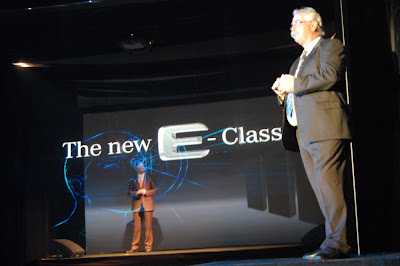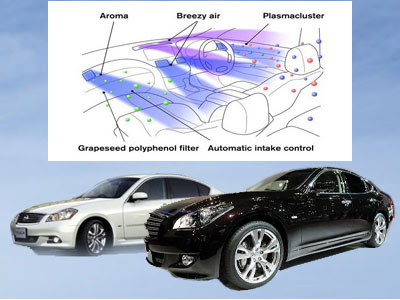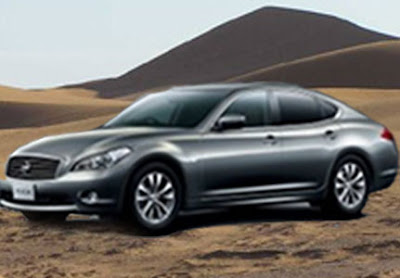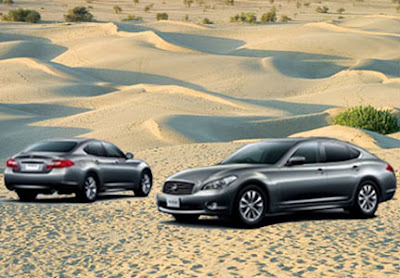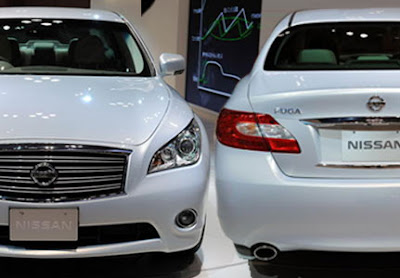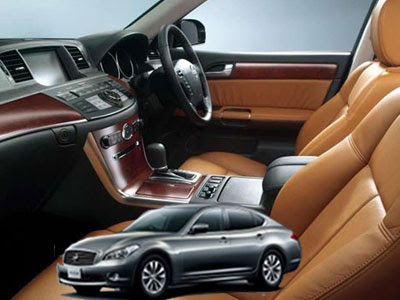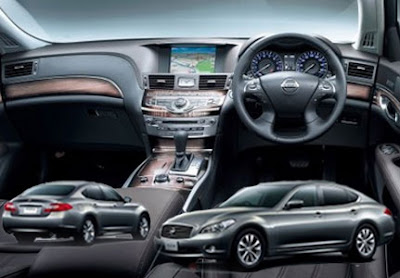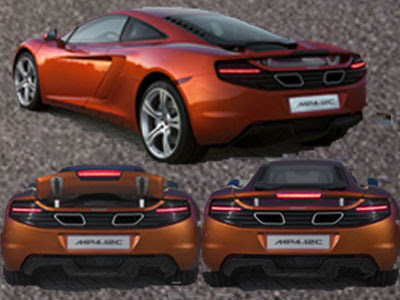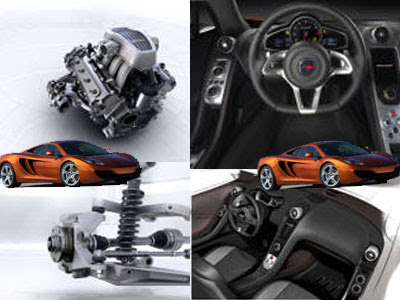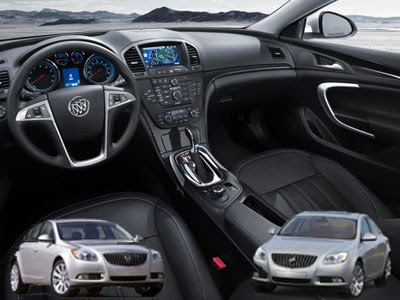7 – Peças mal ajustadas
A – Folga insuficiente entre pistão e cilindros
Este tipo de anomalia pode causar engripamento e escoriações em um motor pelo rompimento do filme de óleo quando o pistão se dilata.
Constata-s essa condição geralmente por uma área brilhante e polida, acima ou abaixo dos furos do pino (nos pistões de saia interiça) e escoriações nas faces de contato.
B – Muita interferência no pino do pistão
Um ajuste apertado no pino do pistão impede que o pistão se expanda e contraia normalmente, daí resultando folgas insuficientes.
Por isso, quando um pino for instalado sem folga suficiente no furo do pistão ou na bucha da biela, normalmente deverão ser encontradas riscos ou escoriações unicamente nos lados do pistão onde estão os furos dos pinos devendo encontrar-se escoriações e rebarbas nos furos dos pinos.

Escoriações causadas por um pino instalado muito apertado
C - Anéis com folga insuficiente entre pontas.
Os pistões e os anéis se dilatam à medida em que se aquecem atingindo a temperatura de operação do motor.
Por isso, conforme já mencionado anteriormente em “Troca de anéis”, é importante que todos os anéis tenham pelo menos o limite mínimo especificado de folga entre pontas, pois, em caso contrário, as extremidades dos anéis podem encostar-se e causar escoriação, quebra dos anéis ou engripamento do motor.
Uma folga entre pontas inferior ao mínimo especificado pode, por exemplo, ser devida ao fato de estar o cilindro com 0,025 mm (0.001”) menor que a medida prevista, ou pelo fato de usar-se u jogo de anéis incorreto para este motor.
D – Ajuste inadequado das camisas de cilindro
Muitos fabricantes de motores para serviços pesados, fabricam os motores com camisas substituíveis em lugar de cilindros fundidos com o bloco, exibindo dois tipos de camisas: secas e molhadas, como já foi mencionado anteriormente.
O ajuste de camisas secas em um cilindro retificado tem grande influencia na durabilidade e no desempenho dos pistões e anéis de segmento e considerando este fato, os fabricantes despenderam anos e anos, provando e desenvolvendo o ajuste certo das camisas para determinado motor.
Assim sendo, é de estrema importância que o ajuste dessas camisas no bloco seja o mais perfeito possível pois, caso contrario, fatalmente ocorrerão escoriações e engripamento.
Existem três maneiras de ajustar uma camisa incorretamente:
1 – Ajuste muito folgado.
2 – Ajuste muito apertado.
3 – Ajuste em cilindro deformado.
Um ajuste muito folgado da camisa reduz a transferência de calor desta para o bloco, deixando-a superaquecida pelo calor que recebe dos anéis e dos próprios gases da combustão.
Uma combinação dessa situação com a realização de serviços pesados, pode provocar a ruptura do filme de óleo lubrificante e causar escoriações no motor.
Por outro lado, quando se instala uma camisa com muita interferência, além de o próprio bloco poder ficar deformado, o que pode ocorrer é que, como o calor gerado pelo funcionamento do motor faz com que a camisa se dilate, e não existindo condições para que ela se dilate para fora devido à excessiva interferência com o bloco, a camisa acaba se dilatando para dentro, diminuindo de diâmetro.
Com isso, a folga entre camisa e pistão chega a reduzir-se a zero, rompendo o filme de óleo e provocando escoriações e engripamento.
Além disso, dependendo do caso, essa diminuição do diâmetro interno da camisa pode tornar-se permanente.
Quando o motor estiver frio, em determinados pontos, ficará um vazio entre a camisa e o bloco, onde vão se acumular carvão e resina, que irão prejudicar a transferência de calor no local e tornar-se novos pontos de superaquecimento e escoriações.
Quanto à instalação de camisas em cilindros deformados, o que poderá ocorrer é que: ou a camisa se moldará à deformação do cilindro, ficando também deformada e dificultando o assentamento dos anéis, ou não se deformará, formando, no entanto, um contato irregular com as paredes do cilindro, deixando vãos onde se acumularão carvão e resina, causando os problemas descritos anteriormente.
Grandes depósitos de carvão ou resina na parte externa das camisas, sinais de escoriações ou engripamento nos anéis e/ou nas camisas o pontos brilhantes e polidos, evidenciam a deformação ou o esmagamento da camisa devido a irregularidade no cilindro.
E – Desalinhamento de Bielas
Quando as bielas estão desalinhadas, os anéis não tem uma superfície de contato adequada com a parede do cilindro, os pistões se desgastam de forma desigual, o consumo de óleo é anormal e o motor tem maior tendência para engripamento e escoriações.
Identifica-se uma biela desalinhada pelo desgaste irregular do pistão, no sentido diagonal, em pontos opostos, conforme mostra a figura abaixo.

Pistões com desgaste em diagonal
O contato com a parede do cilindro aparece na parte inferior da saia, à esquerda e, na área dos anéis, à direita. Verifica-se, também, um sinal de desgaste, começando à direita na parte superior, descendo em forma diagonal e prolongando-se transversalmente para a esquerda e na parte de baixo da saia.
Portanto, verifique sempre o alinhamento das bielas antes de substituir os anéis, a fim de evitar os problemas acima.
F – Perda da trava do pino
Embora de natureza diferente da escoriação e engripamento como descrito até o momento este é um problema relativamente comum e que e que também provoca riscos e quebras dos anéis, pistões e cilindros.
A avaria do pistão do tipo ilustrado na figura abaixo é devida ao afrouxamento da trava do pino, à quebra da extremidade da trava do pino, ou a um pedaço de metal solto, deixado no interior do pino.

A avaria neste pistão foi causada pela perda da trava do pino.
Em casos desse tipo, devido à inércia, o objeto solto martela o pistão e o cilindro na área do cubo do pino, danificando o pistão enquanto procura sua saída do motor.
Além disso, esses objetes soltos podem passar através do oco do pino, danificando o pistão e a parede do cilindro no lado opostos.
As travas dos pinos podem soltar-se devido a:
1 – Desalinhamento das bielas.
2 – Excessivo jogo axial do virabrequim.
3 – Pinos do pistão muito longos.
4 – Conicidade dos colos do virabrequim.
5 – Cilindro retificado fora de alinhamento.
6 – Pedaços de metal deixando dentro do pino do pistão.
7 – Travas de pinos frouxas.
8 – Uso de trava de pino incorreta.
9 – Travas de pino instalados incorretamente.



